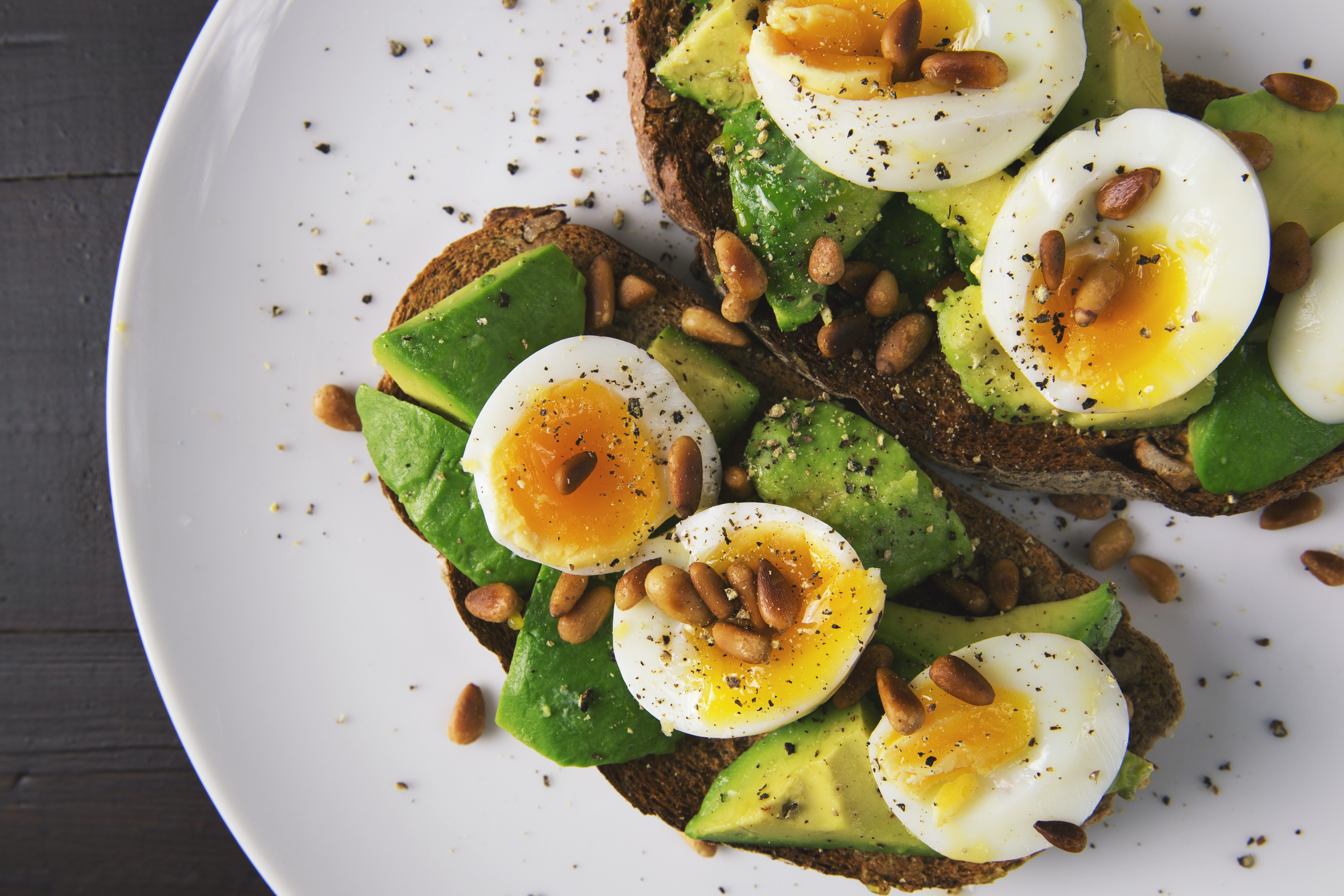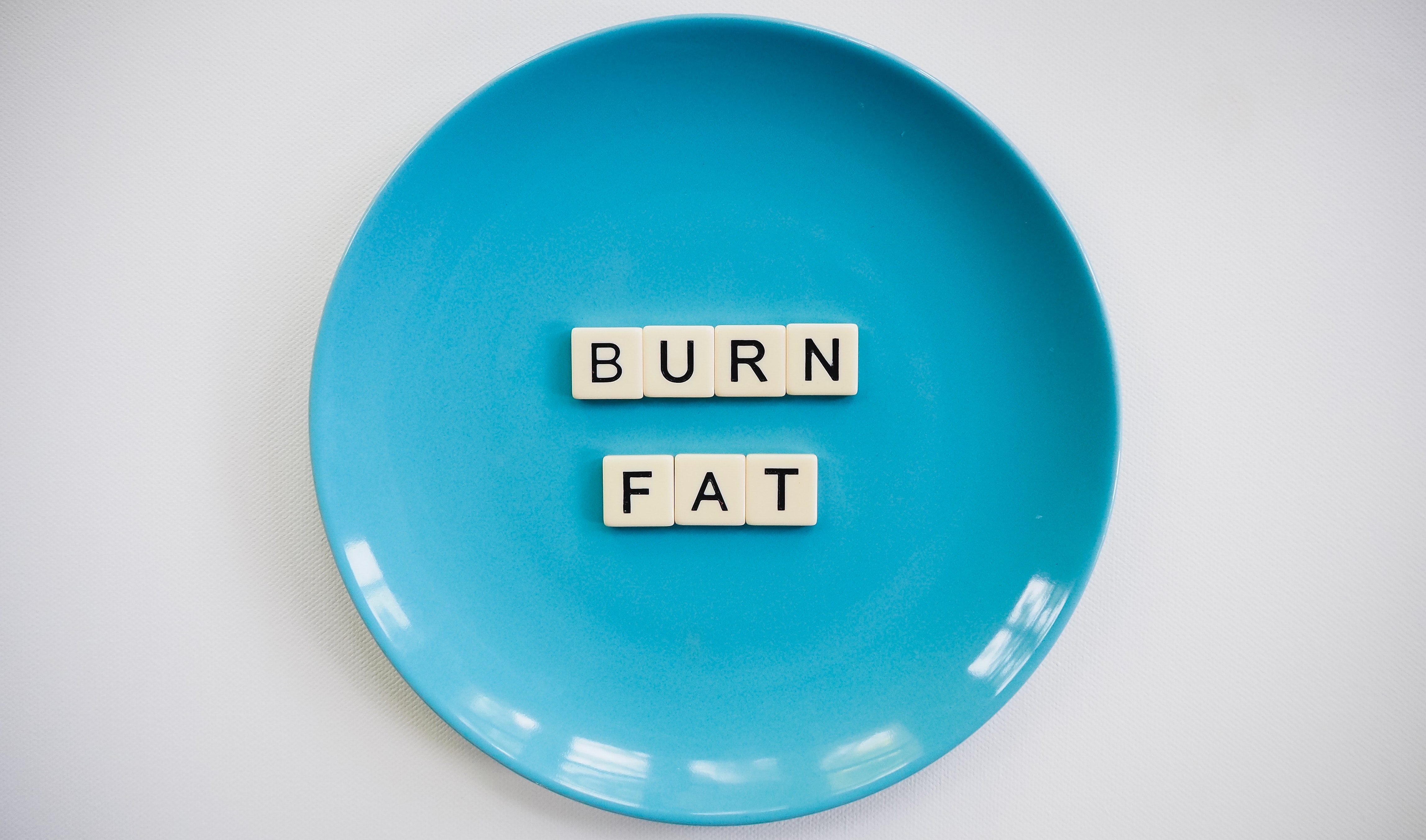- Get link
- X
- Other Apps
Posted by
Nazish
on
- Get link
- X
- Other Apps
We all make mistakes—that's what makes us human. Unfortunately, some of these mistakes can throw off your keto diet and hinder your weight loss goals.
When it comes to being on a ketogenic diet, there are many ways you can make mistakes.
If you're considering the keto diet to jumpstart your weight loss. In that case, it's important to avoid common mistakes that can stall your progress, prevent you from getting the most out of the keto diet, and even put your health at risk.
The most common keto diet mistakes are easy to make if you don't have the right information.
So, in this article, we'll be discussing the top 7 keto diet mistakes people make so that you can learn how to avoid them and ensure you get the most out of your dieting experience.
1) Not eating enough calories
If you're on a low-carb or keto diet, it's easy to assume that eating as much fat as possible will help you lose weight, but taking in too few calories can backfire.
Your body needs at least 1,200 calories daily to keep your metabolism running and fuel basic activities like walking around.
When your calorie intake is too low, your body may go into starvation mode and lower its metabolic rate, meaning it burns fewer calories than you do.
2) Misunderstanding nutrition labels
When starting a keto diet, it can be easy to get tripped up on all the numbers and percentages.
Read nutrition labels carefully and pay attention to serving sizes — a 375ml of coke is 39.8 grams of carbs, while a serving of meat is going to be much higher.
Remember: Your body doesn't necessarily need carbs every day.
Keep your total carbohydrates under 50 grams per day, or 5 percent of your daily calories.
3) Eating too much dairy
Dairy products, especially those with added sugar (like yogurt and ice cream), can throw off your fat-burning results.
However, the high protein content of dairy will also keep you feeling full for longer, which is ideal if you have a busy schedule.
The best dairy alternatives are unsweetened almond or soy milk. In addition to being lower in carbs, non-dairy milk tends to be higher in both calcium and vitamin D—important nutrients for weight loss.
4) Not tracking macros
Not tracking macros is one of those mistakes that may seem minor but can end up costing you dearly.
It's easy to overeat on a keto diet if you're not keeping tabs on your macros, and many people do just that—they eat until they feel full rather than paying attention to how much fat, protein, and carbs they're consuming.
Tracking macros helps keep you in check when it comes to your carb intake, too.
5) Skipping meals because you think it's OK to cheat
Skipping meals on a keto diet is one of those do's and don'ts we talked about earlier.
It probably seems fine at first, but skipping meals can be extremely detrimental to reaching your goals if you don't plan out your diet.
On a keto diet, you need to eat fat at every meal because it will keep you full longer and make it easier for your body to burn fat stores when required.
6) Not being consistent in your approach
If you want to lose weight on a keto diet, you're going to have to be as strict about it as possible.
You need to eat fewer than 20 grams of carbs per day (preferably much less) and maintain that level of restriction for at least a couple months while your body adapts.
7) Expecting overnight results
Many people go on a keto diet expecting overnight results, but that isn't always how it works.
It takes time for your body to become keto-adapted, and not everyone responds to low-carb eating in exactly the same way.
The best advice is to expect 2–4 weeks of initial side effects as your body adjusts to burning fat for fuel. After that, you can start kicking things into high gear—it's likely you'll start losing weight rapidly!
Bottom Line
When you limit your carb intake, your food options are limited. So stick to what's on your keto meal plan and avoid foods that aren't allowed, even if they're good for you.
These include fruit, high-carb veggies like potatoes and corn, so-called healthy whole grains, and even certain fruits and vegetables that are lower in carbs but still high in natural sugars.



Comments
Post a Comment